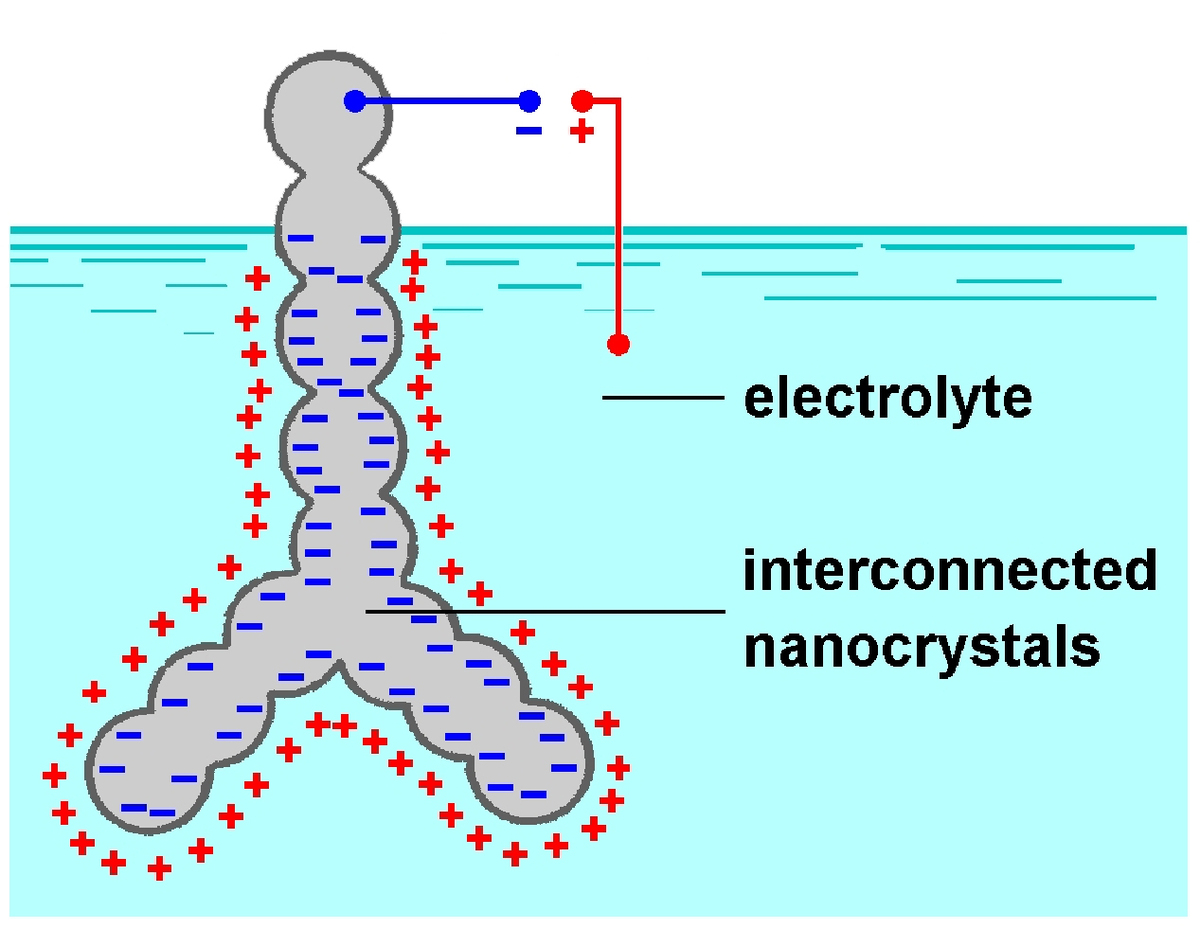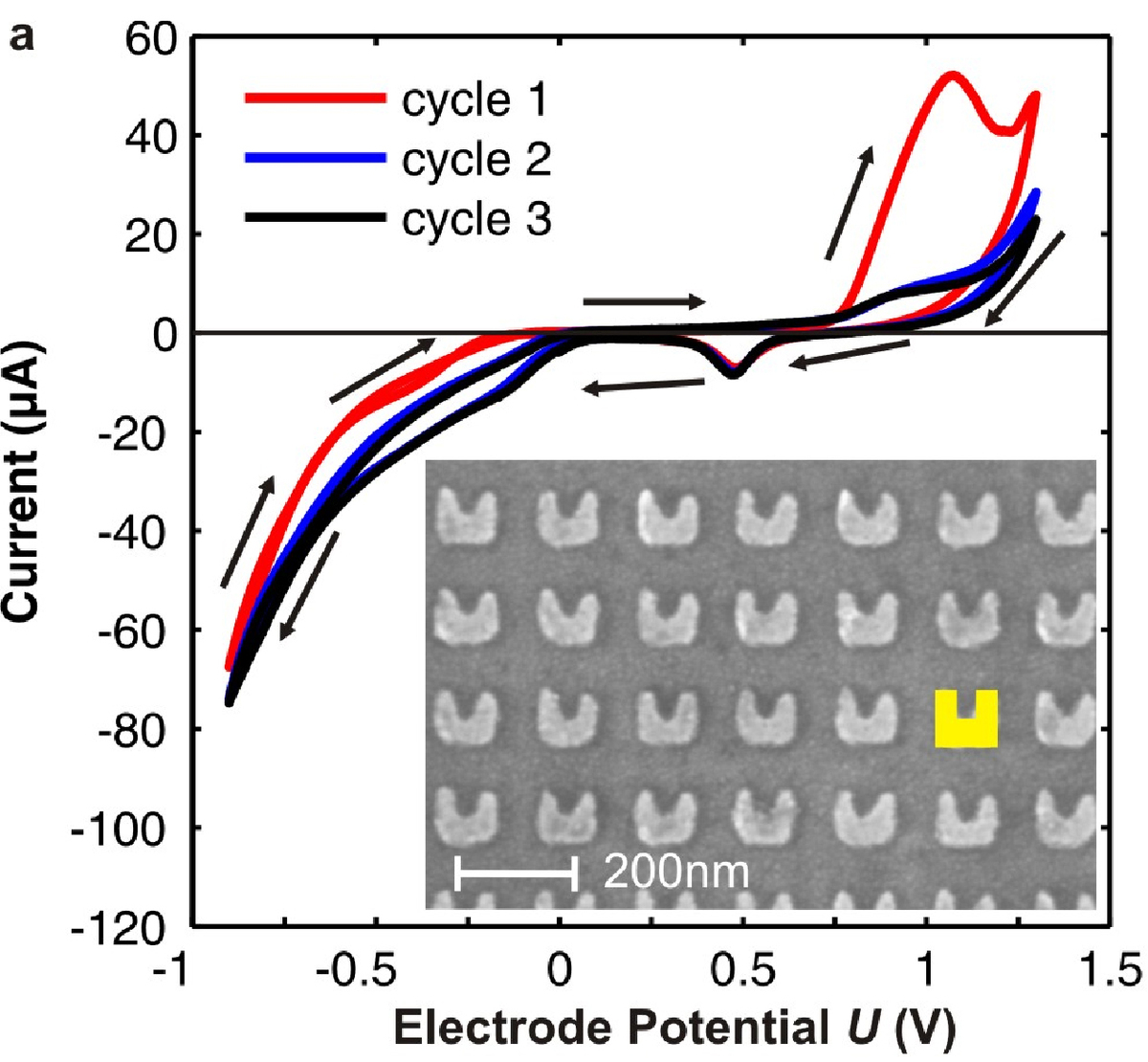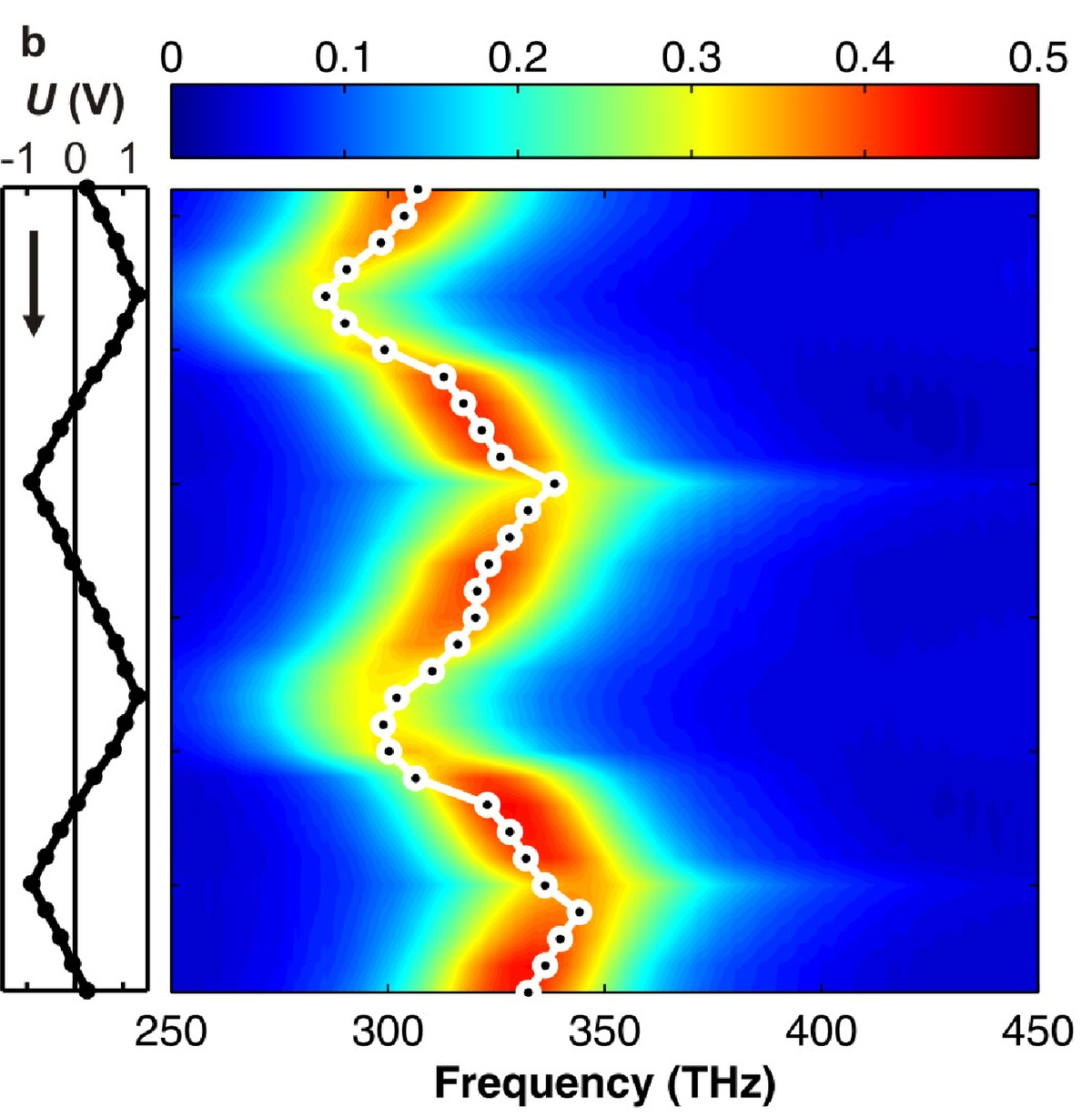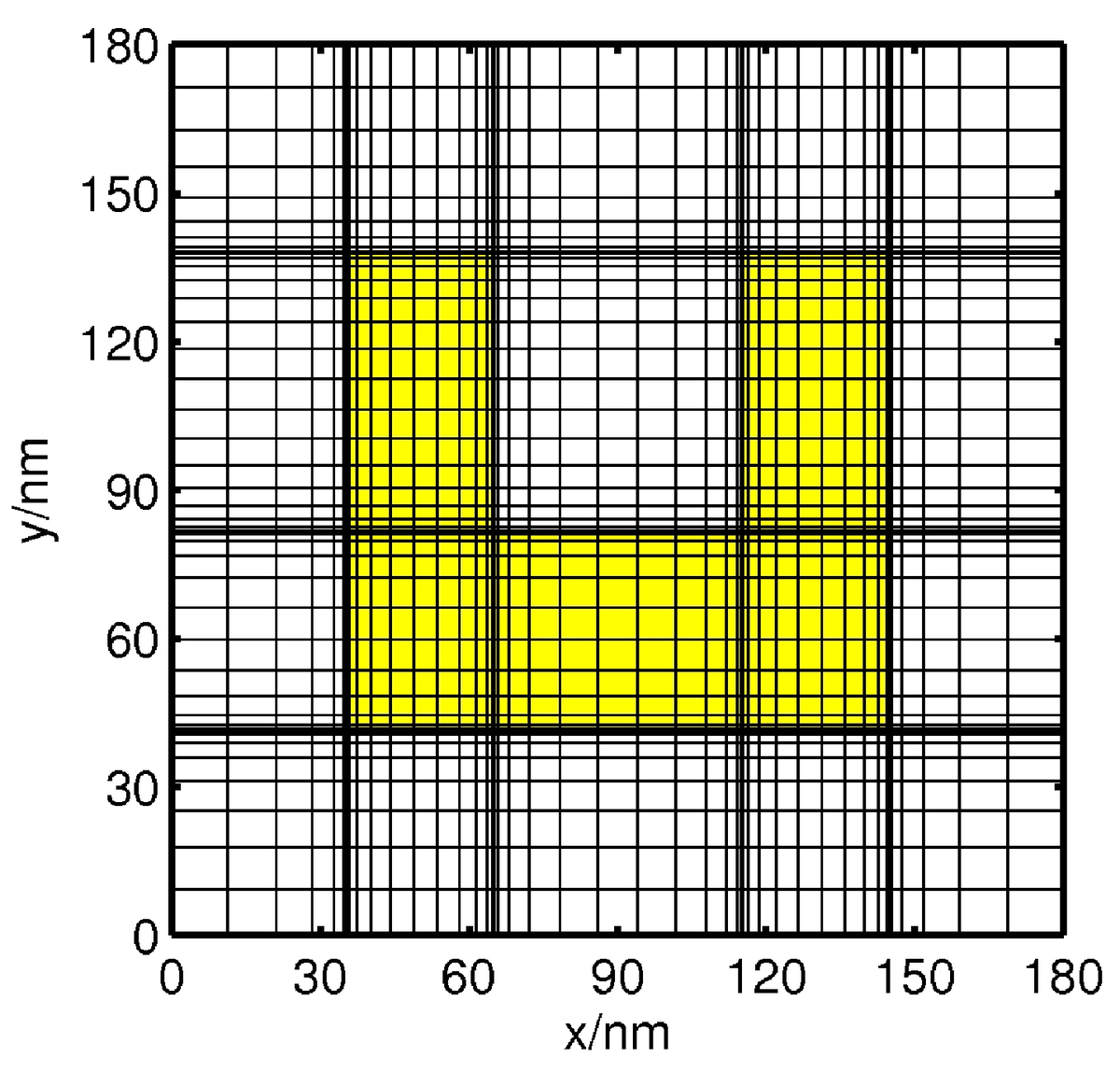A1.6: Tunable Photonic Metamaterials
Subproject Leader: Jörg Weissmüller
Institut für Werkstoffphysik und Werkstofftechnologie, (TU Hamburg-Harburg)
Contributing Scientists:
Present: Xialoan Wang, Lihua Shao
Past: Yan Wang
Tuning the Tailored
In subproject A1.5: Photonic Metamaterials,man-made metamaterials allow for obtaining highly unusual effective optical properties by introducing appropriate resonances of the periodically arranged building blocks (or "artificial atoms" or "meta-atoms"). The aim of the present subproject - A1.6 - is to make these resonances tunable as the function of an applied voltage.
Inspiration from Other CFN Research Areas
The underlying idea has been strongly inspired by activities in the former CFN research area D, where electrochemically induced modulation of the metal’s surface charge density has been exploited for tuning the bond forces between surface atoms in nanoporous metals. In this way, the external dimensions of the metal become potential-dependent, similar to the piezo-electric behavior of some insulators [1]. The underlying concept resembles a semiconductor field-effect transistor, in which a gate electrode modulates the charge density in a channel. However, the modulation is restricted to the outermost atomic layer, where the excess charge density is many order of magnitude larger than in a semiconductor. As we could show, very significant changes of the optical properties can result for gold split-ring resonators with thicknesses of just a very few nanometers [2]. Using an electrode-potential window ranging from - 0.9 V to + 1.3 V, split-ring resonator resonances centered at around 300 THz frequency could be shifted by as much as 55 THz, or more than the full width at half maximum of the resonance. The shift is recoverable and essentially reversible. While the underlying mechanism is not understood, it is natural to suspect a central role of the coupling between the potential and the electric resistivity.
Metamaterial Postprocessing
In addition to this reversible effect, we have also encountered an irreversible but equally beneficial effect [3]. During the initial electrochemical cycles, the damping of the plasmonic resonances has significantly decreased. The damping reduction persists when executing further cycles or removing the metal nanostructures from the electrolyte. This ‘training effect’ can be linked to the transient increase in surface diffusivity during the lifting of the oxygen adsorbate layer at the positive end of the potential scale, and to a concomitant smoothing of the film. However, the thermodynamic driving force for the smoothing remains to be analyzed, for instance in terms of wetting/dewetting scenarios or in relation to the various modes of thin film growth.
References
|
[1] |
J. Weissmüller, R. N. Viswanath, D. Kramer, P. Zimmer, R. Wurschum, and H. Gleiter, Science 300, 312 (2003) |
|
[2] |
L. Shao, M. Ruther, S. Linden, S. Essig, Kurt Busch, J. Weissmüller, and M. Wegener, Adv. Mater. 22, 5173 (2010) |
|
[3] |
M. Ruther, L. Shao, S. Linden, J. Weissmüller, and M. Wegener, Appl. Phys. Lett. 98, 013112 (2011) |
For more Information on tuneable nanomaterials see:
http://www.tu-harburg.de/wp/research/research.en.html.
List of Publications 2006-2011 as PDF
Subproject Report 2006-2010 as PDF



